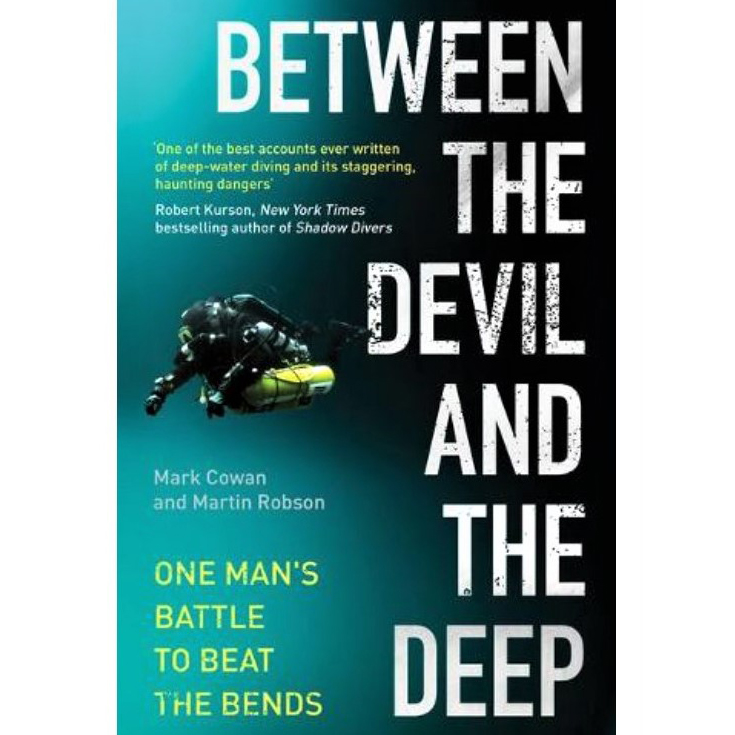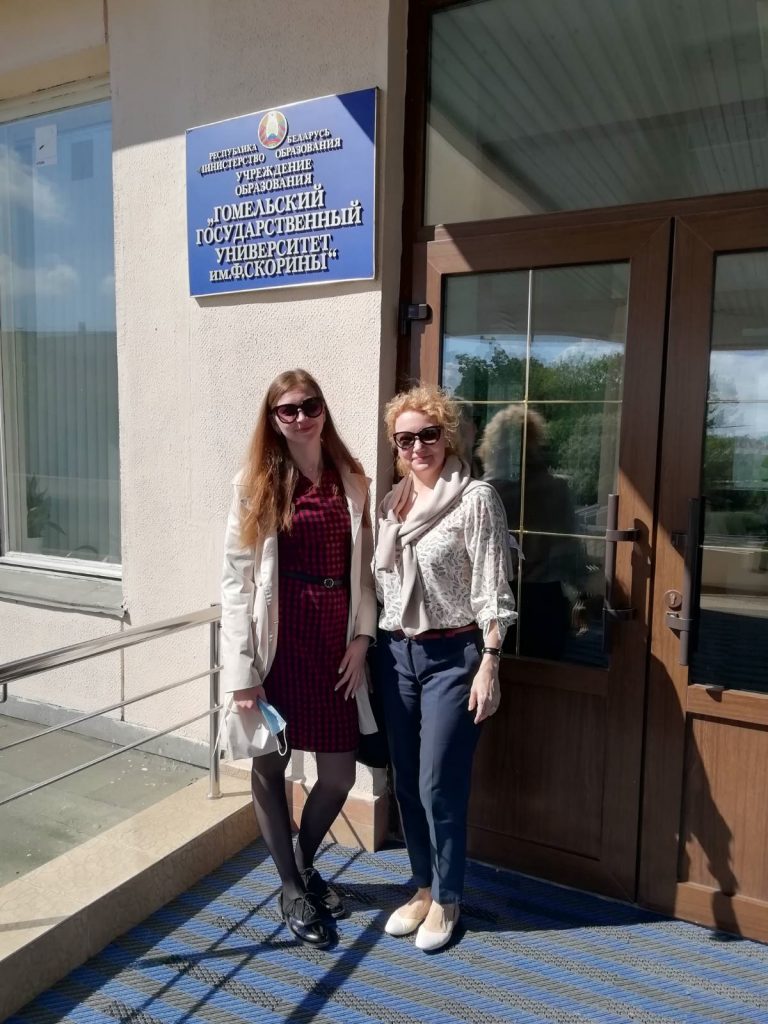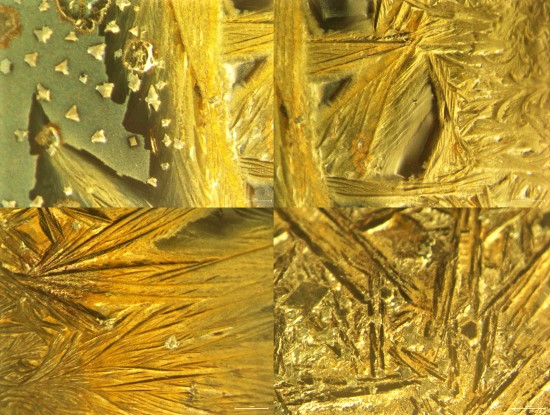PSU Scholars Reveal Their Mission in a Newly Published Divers Thriller

The Unbound Publishing has published a documentary thriller on divers exploring underwater caves, with a reference to scientists of Perm State University. The book by Mark Cowan and Martin Robson is titled “Between the Devil and the Deep: One Man’s Battle to Beat the Bends” and holds 448 pages of a drama which happened in the South of Russia, a challenge which took years to understand and explore. The book, released on 22 July, 2021, mentions the names of scholars from Perm State University (PSU, Russia).
“Deep underwater lurks a mysterious man-made illness. It has gone by many names over the years – Satan’s disease, diver’s palsy, the chokes,” the book promo states. – the phenomenon known today as a decompression sickness, or the “bends”. Robert Kurson, a columnist for the New York Times and bestselling author of the “Shadow Divers” claims the new book to be “one of the best accounts ever written of deep-water diving and its staggering, haunting dangers”.
In the winter 2012, Robson, along with Perm scientists, took part in an expedition to the Blue Lake in Kabardino-Balkaria, to the South of Russia. The goal of the mission was to discover an underwater cave system, hitherto hidden from human eyes. The Blue Lake, called by the locals as the Jin’s Jug, is a combination of two unique objects – a karst spring and a karst mine. The origin of the reservoir is not completely clear: a river constantly flows out of the Blue Lake, yet nothing visibly flows into it. The challenge served a start for a closer investigation.
Researchers from Perm State University have been exploring lakes for a hundred years, already, since the start of the University in 1916. Perm Territory has water reservoirs of a similar type, albeit less deep. Their close study and proven practices allow PSU experts to enter international research projects and conduct an expert assessment of similar objects in Russia and worldwide, hence their appearance in a book by Mark Cowan and Martin Robson.
“Why explore the lake?” comments Professor Nikolay Maksimovich, Deputy Director for Science, Natural Science Institute, PSU, Associate Professor of the Department of Hydrology and Protection of Water Resources, Head of Laboratory of Geology of Technogenic Processes. “From a common point of view, the research is important in order to understand the origin of the lake, its evolution, and protect it. Any data on such phenomena expand the horizons of our knowledge about the structure of the Earth. The research of this kind is often initiated or accompanied by divers.”
A layer of cold water at depths of about 100 m (328 ft) allowed Professor Maksimovich to suggest the source of the flow was hidden somewhere there. During the expedition, the famous Russian diver Andrei Rodionov died in search of flow tunnels. It was to him that Martin Robson dedicated his final dive in the lake. Tragically, as Robson returned from the deepest dive of 209 m (685 ft) the disaster struck: just seventy-five feet down, he was ambushed by the bends.
Robson knew that if he continued up to the surface he would probably die before help arrived. Instead, he sank back into the cold water, with electric heating batteries discharged, gambling on an underwater practice most doctors believe is a suicidal act. Soon the only hope he had of saving his life would rest in the hands of a dramatic mercy mission organized at the highest levels of the Russian government.
Between the Devil and the Deep is believed to be the first book to tell the terrifying true story of what it feels like to get the bends, taking you inside the body and mind of a man who suffered the unthinkable. Writer Mark Cowan also explores the grimly fascinating history of decompression sickness, the science behind what causes the disease, and the stories of the forgotten divers who pushed the limits of physical endurance to help find a solution. Albeit the human progress, science is still accompanied by risk, yet it is within our effort to bring it to the minimum, PSU scholars suggest.
Info about the Book:
Between the Devil and the Deep: One Man’s Battle to Beat the Bends
by Mark Cowan (Author), Martin Robson (Author)
Publisher: Unbound
ISBN: 9781800180291
Number of pages: 448
Dimensions: 240 x 159 mm
Hardcover – 22 July 2021


